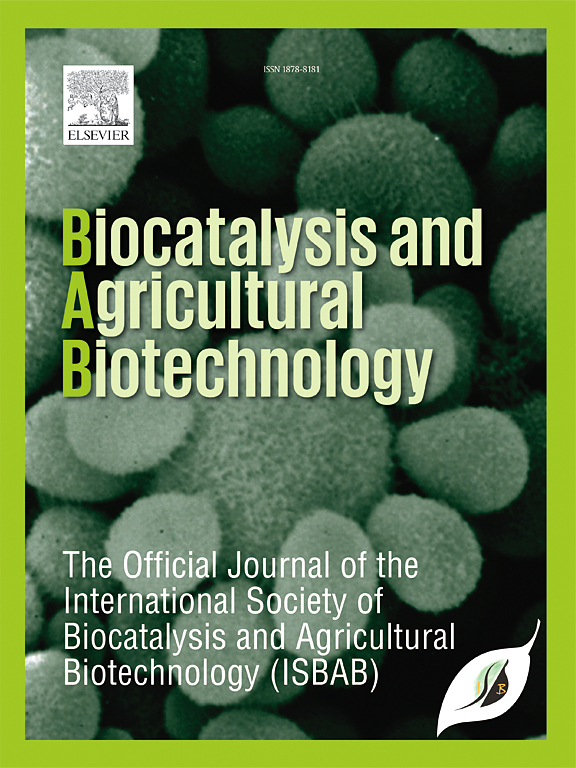Antibacterial and antioxidant activities of Pistacia lentiscus essential oils: Impact of total phenolic content on antioxidant efficacy
IF 3.4
Q2 BIOTECHNOLOGY & APPLIED MICROBIOLOGY
引用次数: 0
Abstract
Pistacia lentiscus, commonly known as mastic tree, has long been recognized for its medicinal properties and is a rich source of a wide range of bioactive compounds. This study investigates how geographic localization influences the variation in the chemical composition of Pistacia lentiscus essential oils (PLEOs) from three locations in Northern Morocco: Fnideq, Zinat, and Masmouda. It examines the total phenolic compound (TPC) content, antioxidant and antibacterial activities. The main compounds of PLEOs are α-pinene, limonene, β-myrcene, terpinen-4-ol, and α-sabinene with the percentages of 12.2–21.2%, 2.3–19.0%, 3.6–17.6%, 5.1–10.7%, and 1.4–9.1%, respectively. The PLEOs showed significant levels of TPCs and demonstrated strong antioxidant activity. Specifically, the PLEO from Fnideq exhibited the highest TPC content (89.23 ± 4.13) mg GAE/g EO and demonstrated effective radical scavenging activity with IC50 values of (11.62 ± 1.07), (0.04 ± 0.01), and (4.64 ± 0.39) mg/mL in the DPPH, FRAP, and β-carotene model, respectively. Furthermore, a strong correlation was observed between TPCs and the antioxidant activity of all PLEOs. In terms of antibacterial activity, the Fnideq PLEO demonstrated the most significant inhibition against Listeria monocytogenes (26 ± 2) mm, while the Zinat sample showed notable effects against Staphylococcus aureus (14 ± 2) mm and Proteus mirabilis (14 ± 1) mm. Moreover, all PLEOs studied exhibited bactericidal effects at a concentration of 0.5 μl/mL. These findings highlight the potential of PLEO to address global challenges including antibiotic resistance, and underscore it use as a natural antioxidant and antibacterial agent, with promising applications as nutraceuticals.

求助全文
约1分钟内获得全文
求助全文
来源期刊

Biocatalysis and agricultural biotechnology
Agricultural and Biological Sciences-Agronomy and Crop Science
CiteScore
7.70
自引率
2.50%
发文量
308
审稿时长
48 days
期刊介绍:
Biocatalysis and Agricultural Biotechnology is the official journal of the International Society of Biocatalysis and Agricultural Biotechnology (ISBAB). The journal publishes high quality articles especially in the science and technology of biocatalysis, bioprocesses, agricultural biotechnology, biomedical biotechnology, and, if appropriate, from other related areas of biotechnology. The journal will publish peer-reviewed basic and applied research papers, authoritative reviews, and feature articles. The scope of the journal encompasses the research, industrial, and commercial aspects of biotechnology, including the areas of: biocatalysis; bioprocesses; food and agriculture; genetic engineering; molecular biology; healthcare and pharmaceuticals; biofuels; genomics; nanotechnology; environment and biodiversity; and bioremediation.
 求助内容:
求助内容: 应助结果提醒方式:
应助结果提醒方式:


